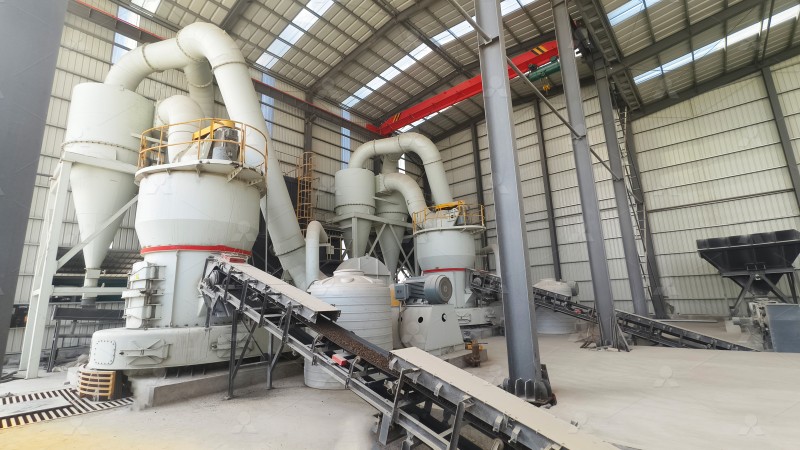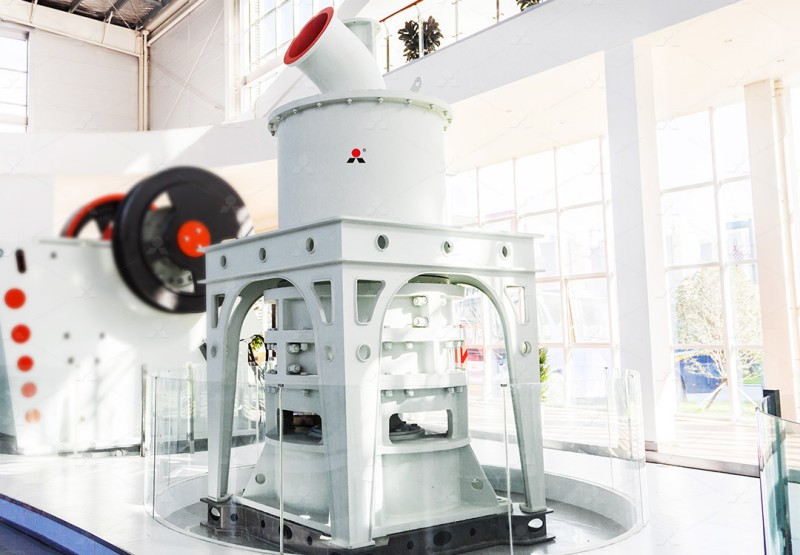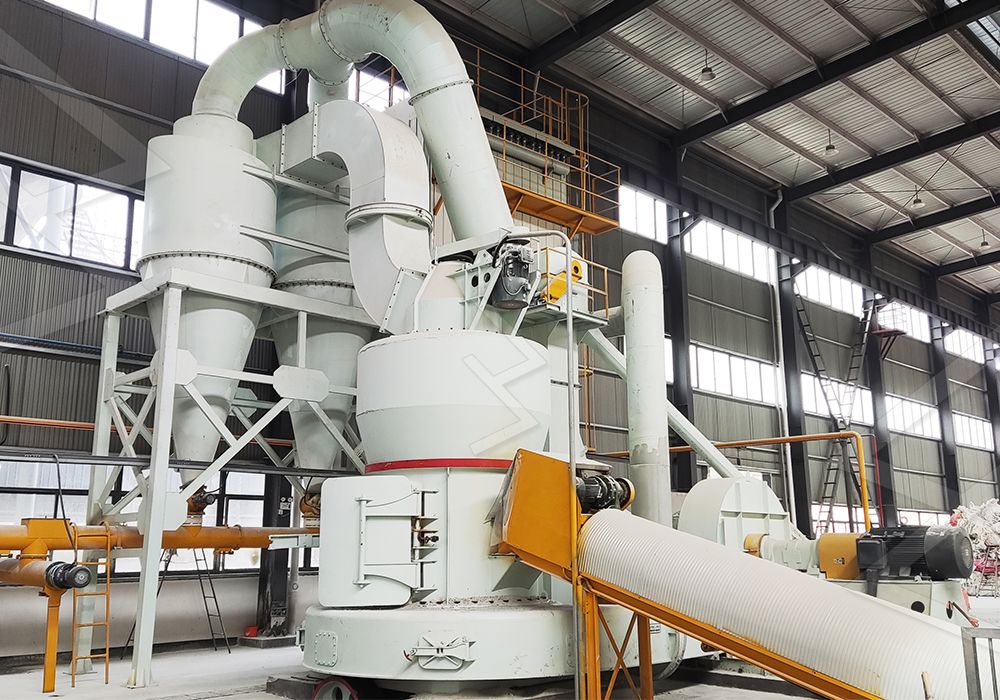Petroleum Coke Grinding Mill Plant: Configuration and Price Guide
Introduction to Petroleum Coke Grinding
Petroleum coke, a carbonaceous solid derived from oil refinery coker units, requires specialized grinding solutions to transform it into valuable fine powders for various industrial applications. The selection of an appropriate grinding mill is crucial for achieving desired fineness, maximizing throughput, and controlling operational costs. This guide provides a professional overview of configuring a petroleum coke grinding plant, focusing on key equipment choices and economic considerations.

Key Factors in Mill Selection
When planning a petroleum coke grinding operation, several technical parameters demand careful evaluation. The feedstock characteristics—including moisture content, hardness, and initial particle size—directly influence equipment selection. Production targets for both capacity and final product fineness further narrow suitable mill options. Additionally, environmental regulations necessitate dust collection systems and noise reduction features that vary between mill types.
Energy consumption represents one of the most significant operational expenses in grinding operations. Modern mill designs have made substantial progress in reducing power requirements per ton of processed material. The layout of the complete grinding circuit, including feeding, grinding, classification, and product collection systems, must be optimized for efficiency and maintenance accessibility.
Recommended Mill Solutions
For operations requiring ultra-fine petroleum coke powders, the MW Ultrafine Grinding Mill presents an excellent solution. This advanced mill handles feed material up to 20mm in size and delivers throughput ranging from 0.5 to 25 tons per hour. Its innovative design eliminates rolling bearings and screws within the grinding chamber, significantly reducing maintenance concerns and potential contamination. The integrated pulse dust collector and muffler system ensures environmentally compliant operation with minimal dust emissions and noise pollution.

Another compelling option for petroleum coke processing is the LUM Ultrafine Vertical Grinding Mill, which combines German powder separating technology with Taiwanese grinding roller innovations. This vertical mill configuration offers exceptional energy efficiency, consuming 30%-50% less power than conventional mills while maintaining precise control over product fineness. The LUM mill’s reversible structure simplifies maintenance procedures, allowing quick access to grinding components without extensive disassembly.
Economic Considerations
The capital investment for a petroleum coke grinding plant varies significantly based on capacity requirements and the selected mill technology. Beyond the initial equipment purchase, operators must consider installation costs, auxiliary systems, and potential facility modifications. Operational expenditures encompass power consumption, wear part replacement, maintenance labor, and compliance-related costs.
Return on investment calculations should account for the value-added nature of finely ground petroleum coke products in markets such as carbon anodes, graphite production, and fuel applications. Higher efficiency mills typically command premium pricing but deliver substantially lower operating costs over the equipment lifecycle.

Frequently Asked Questions
What fineness range can be achieved when grinding petroleum coke?
The MW Ultrafine Grinding Mill produces petroleum coke powders ranging from 325 to 2500 meshes, with the capability to achieve d97≤5μm in a single pass. Fineness is easily adjustable through the advanced cage-type powder selector system.
How does mill selection impact energy consumption?
Modern designs like the MW Ultrafine Grinding Mill consume approximately 30% of the energy required by traditional jet mills for equivalent output. The LUM Vertical Mill reduces energy usage by 30%-50% compared to conventional grinding systems.
What maintenance features should I prioritize?
Look for mills with external lubrication systems that allow maintenance without shutdown, easily accessible grinding components, and designs that eliminate internal bearings and screws susceptible to failure. Both the MW and LUM mills incorporate these maintenance-friendly features.
Are these mills suitable for other materials?
Yes, these versatile grinding mills effectively process various materials including limestone, calcite, dolomite, gypsum, barite, and other non-metallic minerals beyond petroleum coke.
